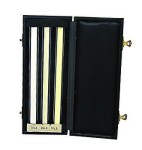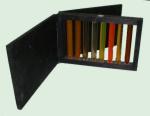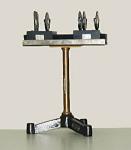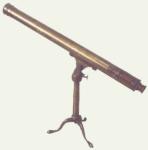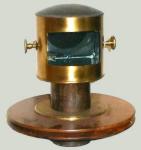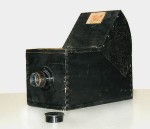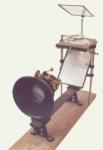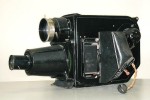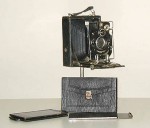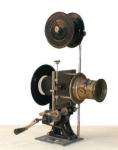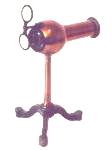Description
The instrument, in brass, is formed by two converging lenses, one called eyepiece
on which the observer poses his eye. The other lens is the objective, directed towards the
object to be observed. We can change the distance between the two lenses until we obtain a
clear image.
The objective is formed by a converging lens with a smoll focal distance and for this
it produces an inverted, reduced and real
image. If this image is formed at a shorter distance
from the focal distance of the eyepiece, we obtain a right-side up, magnified and virtual
image. The image is inverted compared to the object.
It is demountable and is given with a wooden case.
|
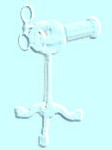

 Menu
Menu
